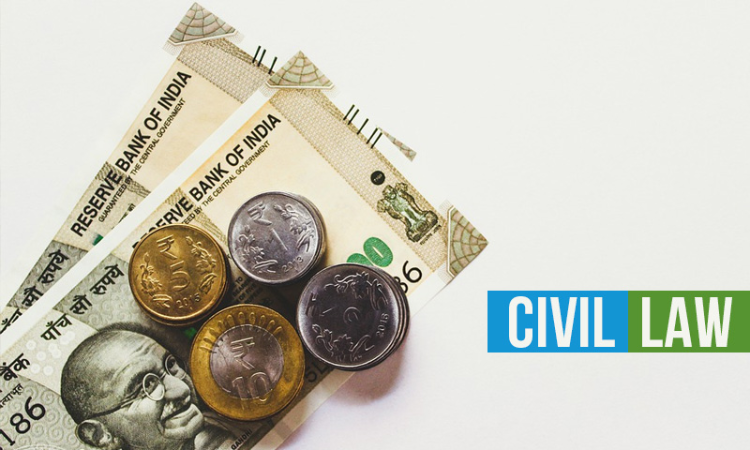- Home
- /
- Know the Law
- /
- The Essence Of 'Civil Litigation'
The Essence Of 'Civil Litigation'
Meghna Nimbekar
30 Oct 2020 1:01 PM IST
The terms 'Civil Lawyering' or 'Civil Litigation' are more often than not, eclipsed by our monstrous Criminal Justice System, and the Trial. The ever fascinating and ever encompassing Law of Crimes, titillates almost everyone's minds alike (whether a layman, a student of Law, or a Lawyer!). The reality comes to such a point that our Civil Laws are viewed just as a matter of routine,...
Next Story



